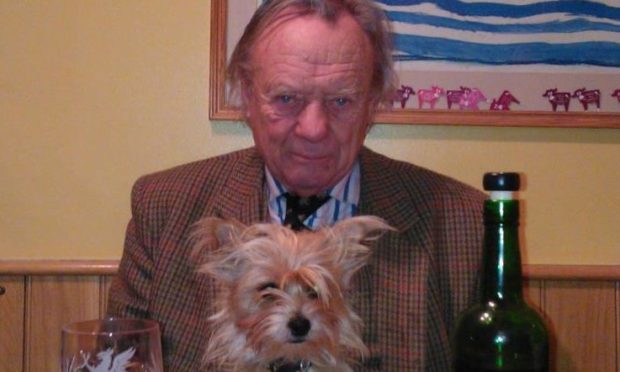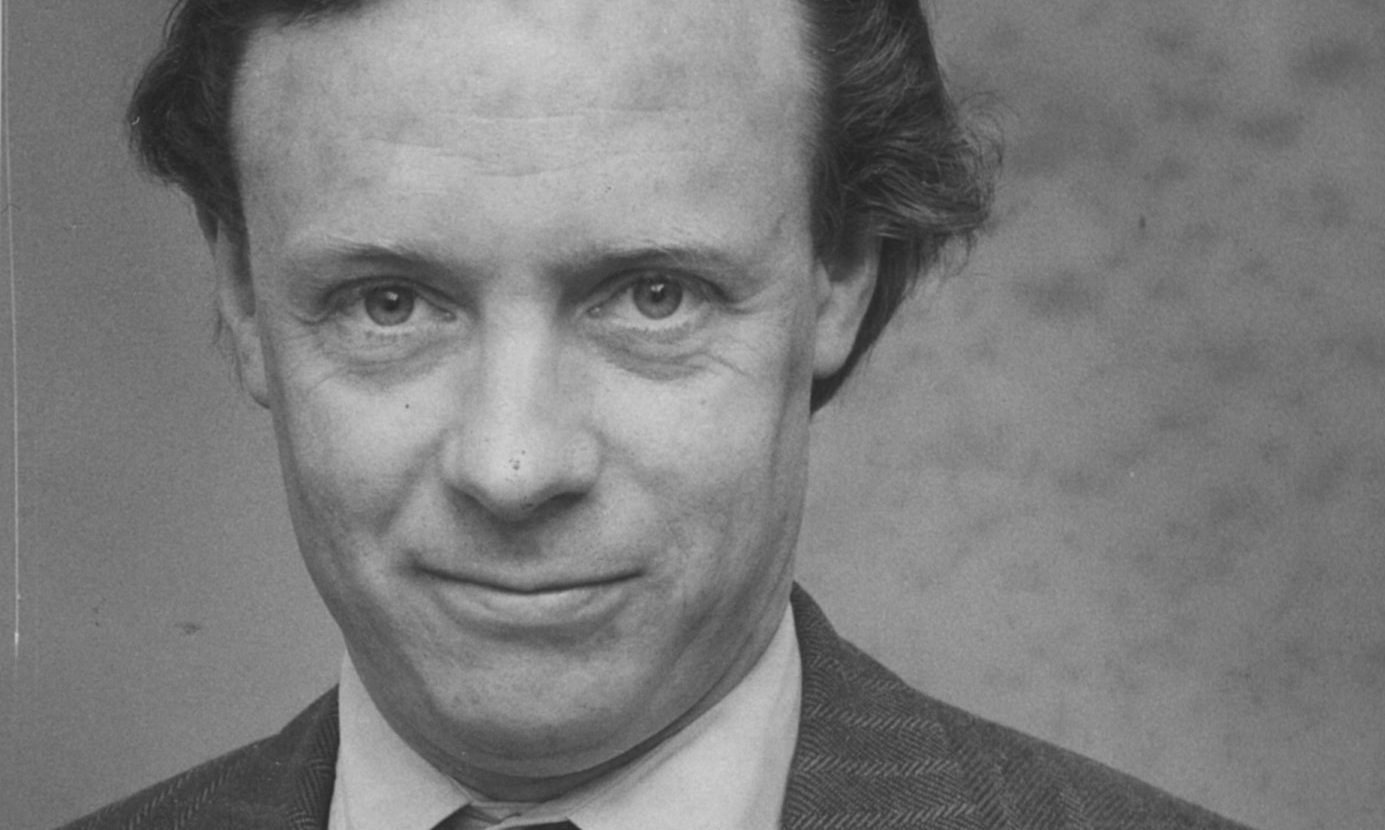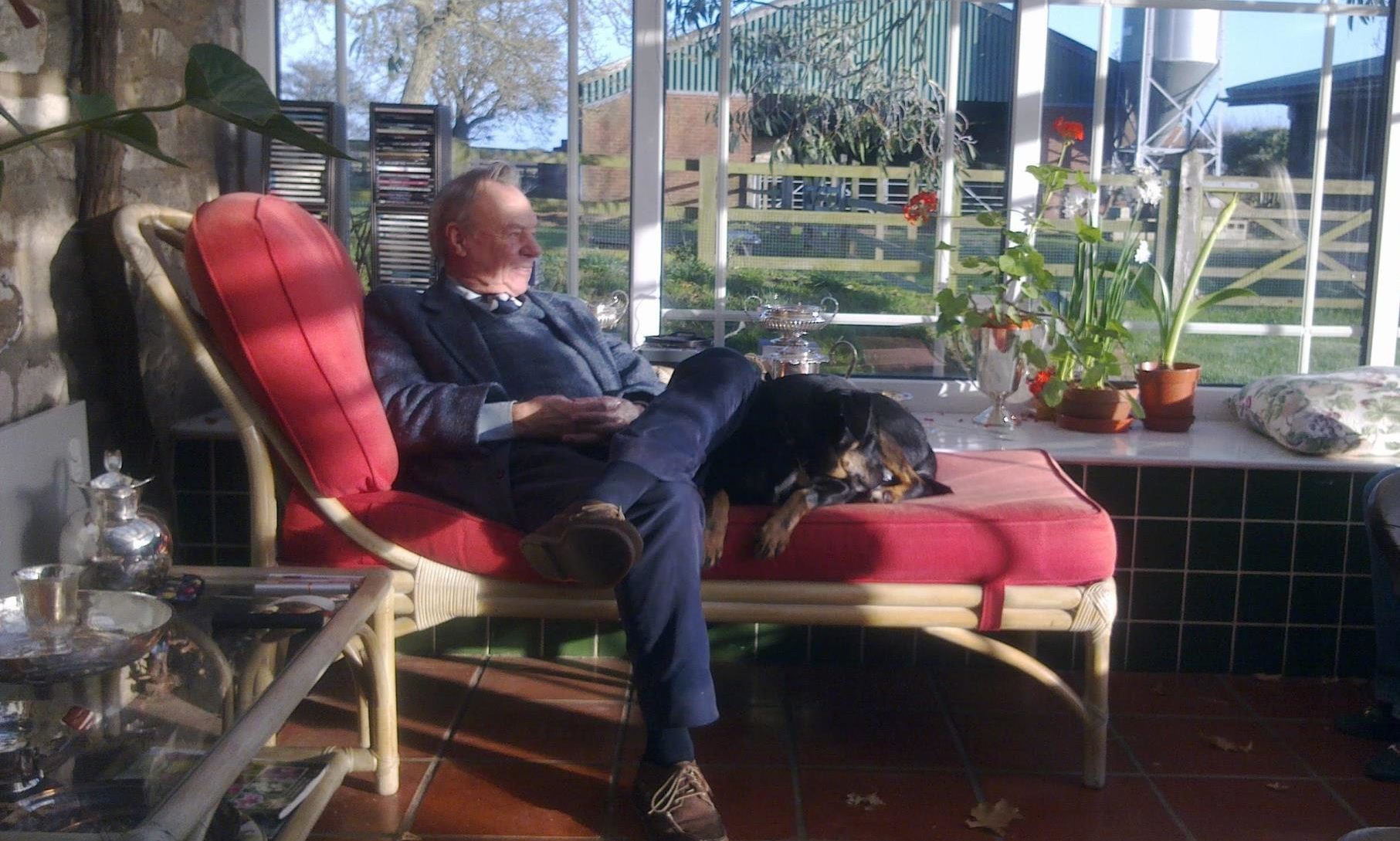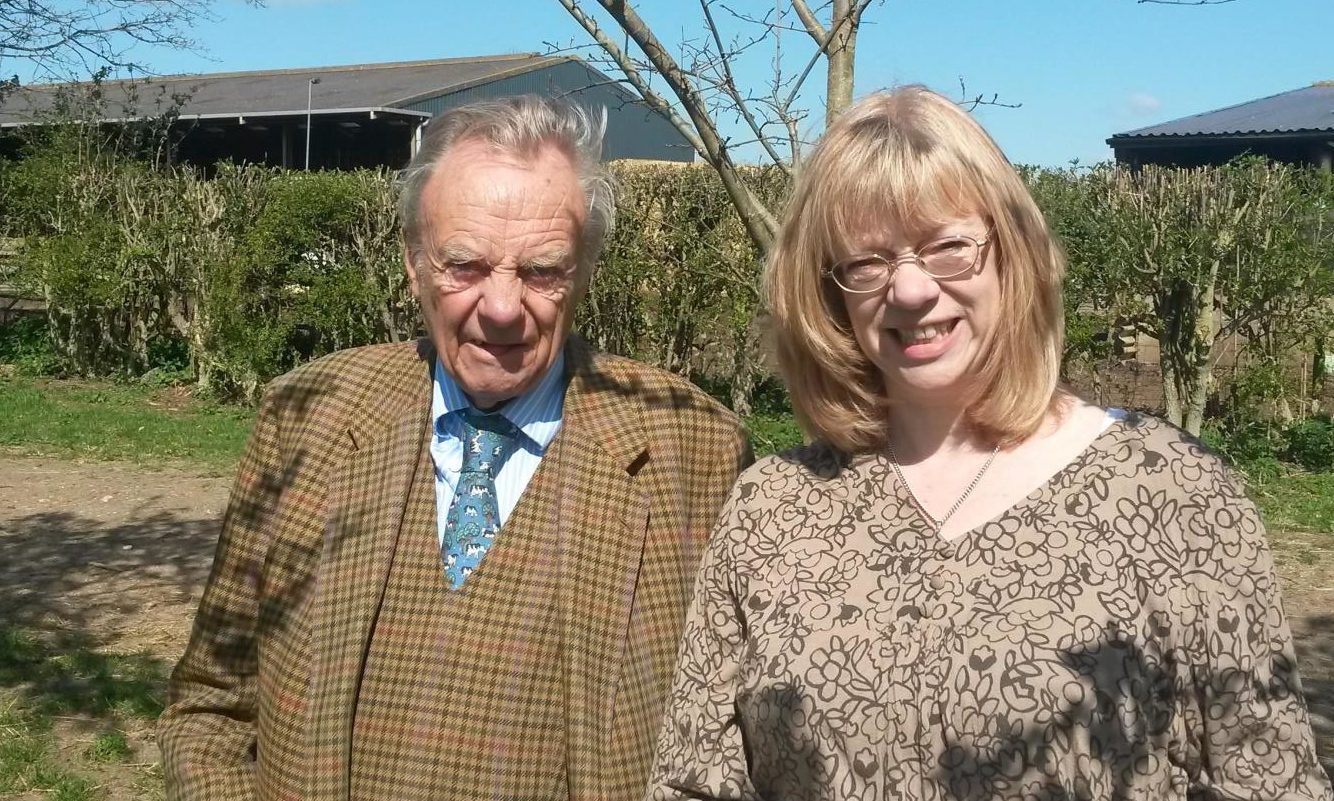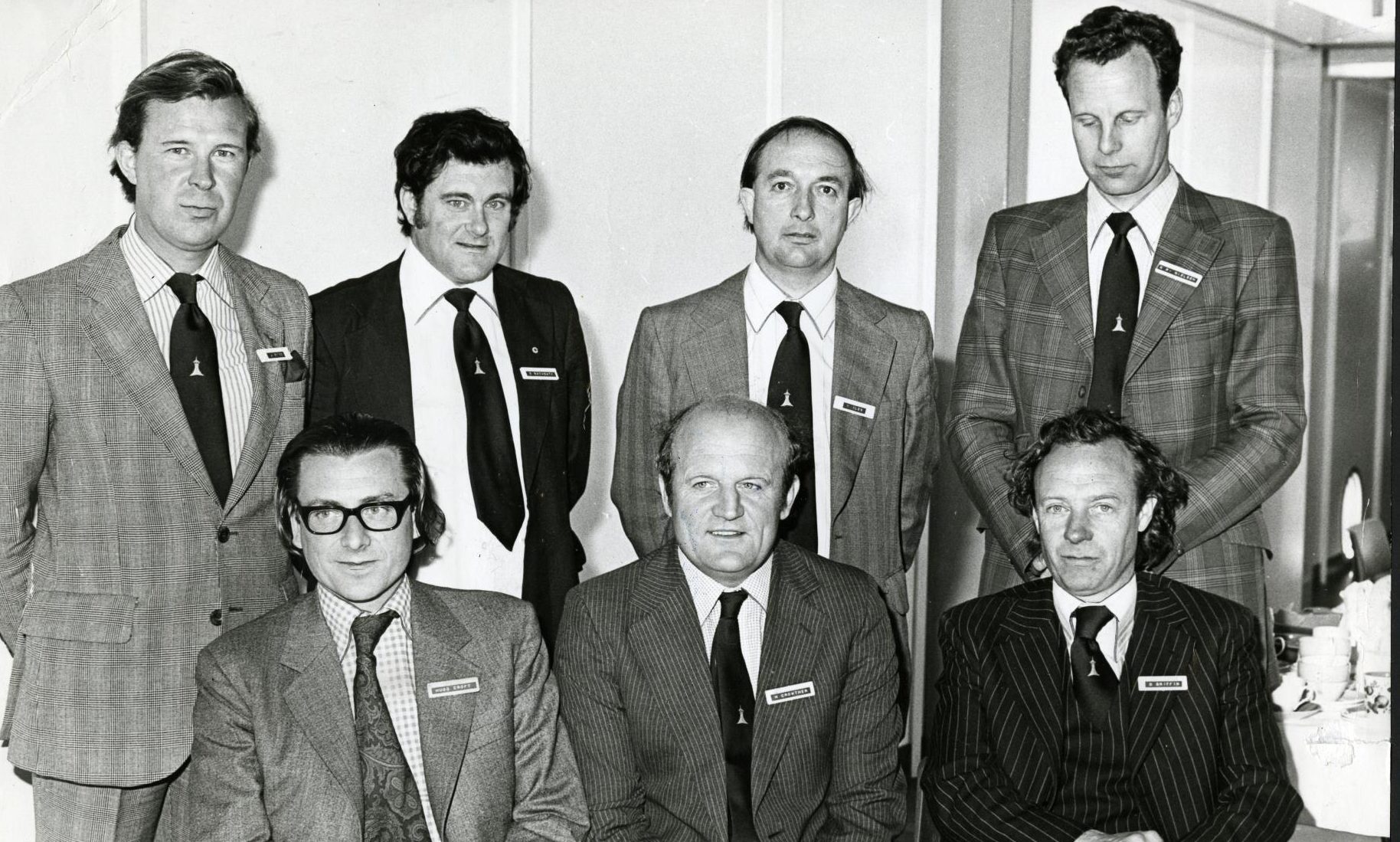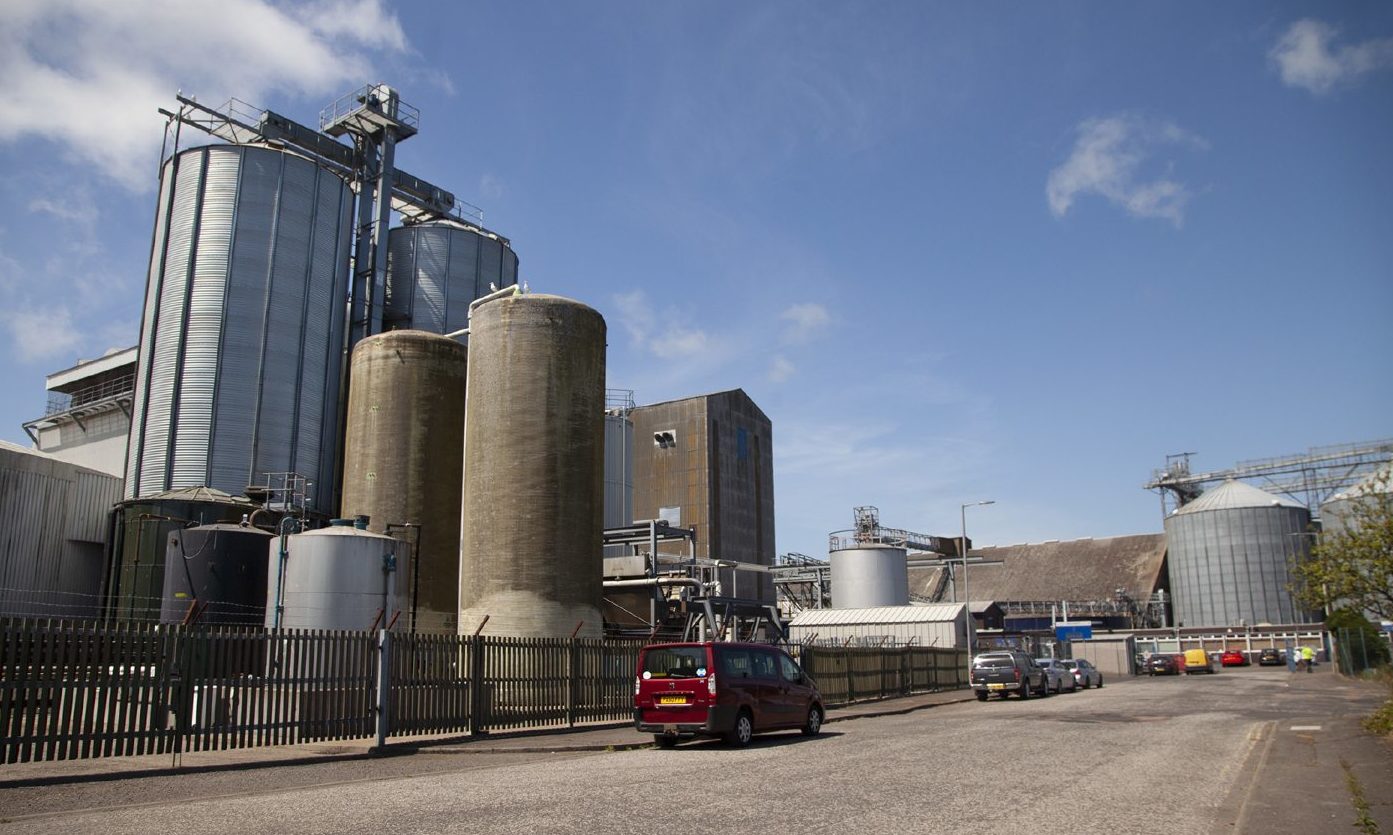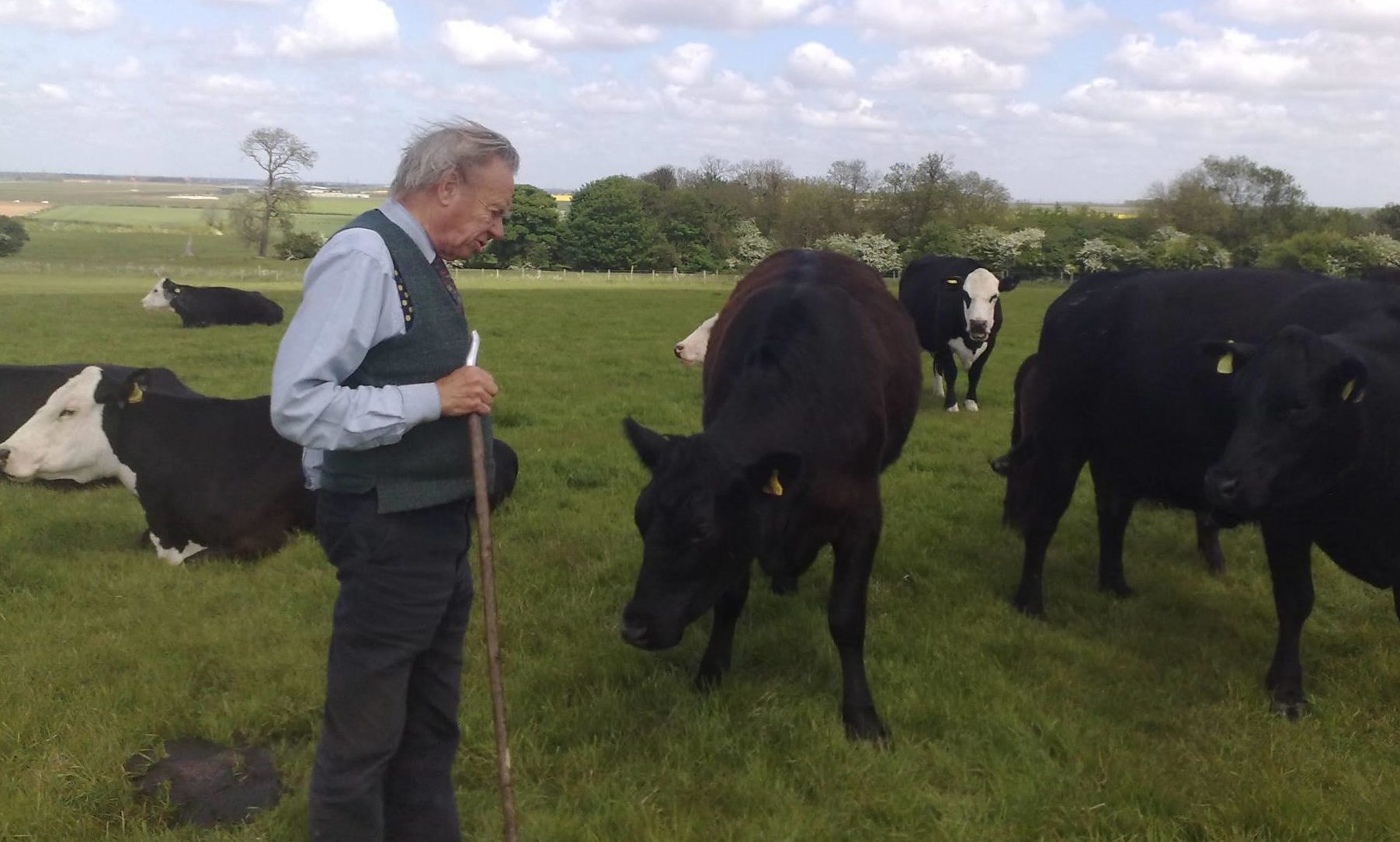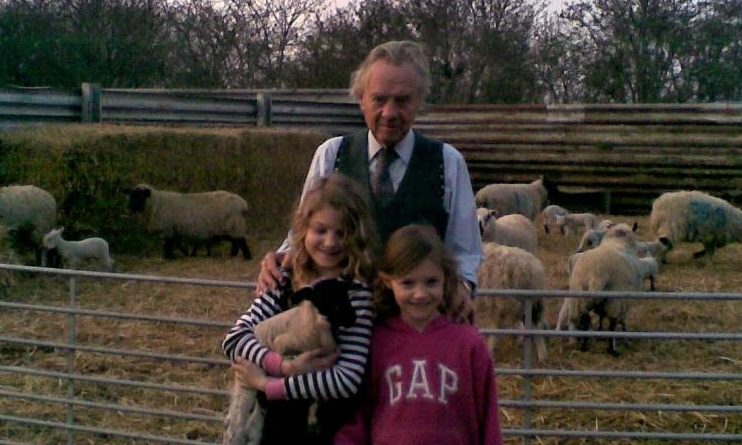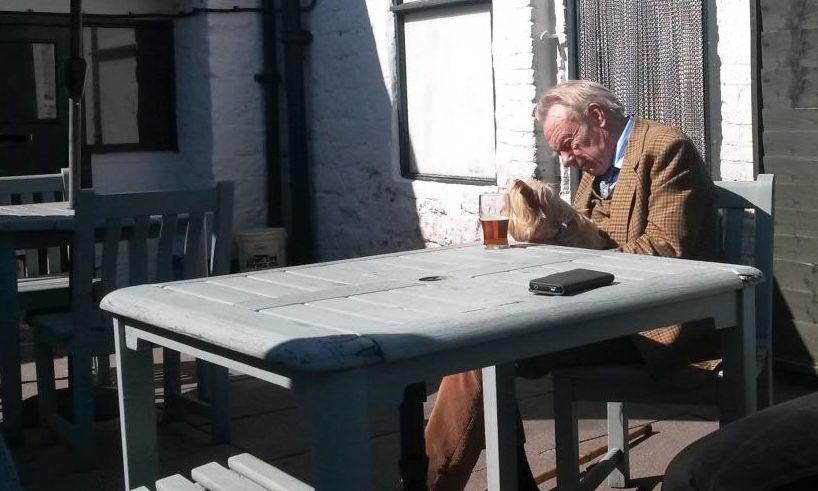Oliver T Griffin, who died on April 6, aged 84, played a leading role in the remarkable expansion of barley cultivation in Scotland.
The switch from oats to higher-value malting barley, which started more than 50 years ago transformed the profitability of Scottish arable farming.
Oliver was one of the four founders of Moray Firth Maltings, now Bairds; indeed it was his brain-child, said his former colleague Hugo Page Croft. He went on to develop malting plants in Arbroath and Inverness.
University
Oliver, born in Buckhirst Hill near Epping, took his BSc in bio-chemistry, followed by a masters in malting and brewing at Birmingham University.
He convinced the many local breweries to supply the Brewing School with beer for “research purposes”. The sample room became an important destination and some research may even have been achieved.
He joined R & W Paul, Maltsters of Ipswich, from university, as technical and research manager.
His forceful personality and mercurial and incisive mind rapidly made their mark. The malting industry was expanding and transforming from its centuries old floor-malting heritage to industrial scale. Oliver relished this change.
The Griffin family had previously been involved in introducing new methodology and equipment to the production of isinglass (beer finings made from a fish swim bladder) which in its time transformed their industry.
Innovation
He developed static malting and Pauls built a 10-vessel plant at Mendlesham in Suffolk. This single-vessel malting system was able to dry enormous quantities of barley rapidly and cheaply.
Oliver immediately recognised the system’s potential for areas with wet, late harvests. After further research he proposed that Pauls build such a plant in the Moray Firth area to serve the expanding malt whisky distillers.
Pauls declined this opportunity. Not to be slighted, Oliver pushed on. He and three other employees left Pauls and set up Moray Firth Maltings (MFM).
Within 17 months they had raised the money, bought the land, achieved planning consent and designed and built the maltings in Inverness.
The first load of barley was delivered to the half-built maltings in August 1968 from Hopeman, Morayshire. That same year, his first child, Alice, was born.
The company dried and stored 8,000 tons of local barley that harvest; malting started in December 1968 and the first malt was delivered to International Distillers and Vinters Ltd in January 1969.
MFM expanded rapidly with plants also in Arbroath, Turriff and Grantham; in 1999 it merged with Hugh Bairds, to become Bairds Malt Ltd which is today Scotland’s leading maltster and barley buyer.
Bairds is currently investing more than £40 million in another major expansion to the Inverness maltings and £10 million in a major upgrade at Arbroath.
Where Moray Firth Maltings led, other maltsters followed. Several new maltings were established in Scotland to the enormous benefit of the growers of malting barley.
Oliver was no dry, lab-based biochemist but a multi-talented engine room of ideas and projects, certainly the leading and most innovative malting designer of his generation.
The plan of the next maltings was on the wall behind his desk before the last was up and running. He promoted his schemes with vigour and force; he was not a man to take no for an answer, said Mr Page Croft.
Peated malts
Through his technical prowess MFM were leaders in the production of specialist high DP malt (diastatic) for the grain distilling market and also very heavily peated malts for the west coast and island malt distillers.
He also worked closely with the North of Scotland College of Agriculture on trialling and testing new malting varieties.
In 1980 he stepped down as an executive director but remained an involved non-executive director.
He remained extremely active. In addition to his cattle herd at Flichity, Inverness, in 1981 he built Tore Mill at Inverness which was later bought by Harbro.
Craft brewery
Always a trail-blazer he started, in 1983, a craft brewery, named after his daughter Alice.
It was, however, ahead of its time. Later the beer orders and Gordon Brown’s favourable tax treatment of micro-breweries transformed the craft brewery market. Alice Brewery, however, was dismantled and shipped to Massachusetts where it was reborn; an early entry to the now buoyant US craft brewery revival.
After remarrying he enjoyed establishing a new farm in Lincoln and moved on to organic beer production with Lincoln Green and to support other local businesses.
Mr Page Croft said: “Oliver was exciting company, constantly throwing out novel, provocative thoughts. His ideas were sometimes outrageous, sometimes quite ground-breaking. He was intimidated by no one and willing to be a friend of all.
“Whether he was bending the ear of chairmen of companies or the most ordinary of men he got away with an outspokenness that lesser mortals never could. Oliver however rarely offended; his finer thoughts were so valued that his eccentric ones were forgiven.”
His daughter Alice said her father was extremely sociable, complex, quick thinking, lively and full of enthusiasm and maintained his love for going to the pub until the end.
In his later years Oliver became a keen collector of silver. His habitual enthusiasm and application made him quite an expert in this field. So much indeed that he assisted Lincoln Cathedral in cataloguing, improving and organising their considerable collection.
He is succeeded by his first wife Rosemary and their two children, Alice and Daniel, and wife Christina from his second marriage and his two stepchildren, Alex and Robbie.
